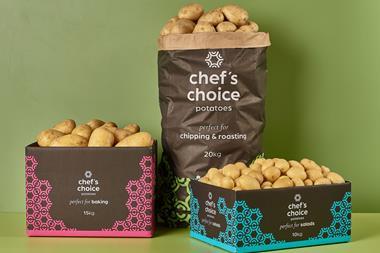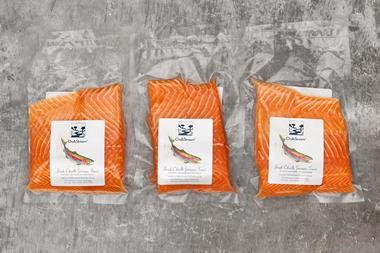When dried fruit is eatenn In the past year, dried fruit was consumed on 525 million occasions, 10% more than in the previous year
n Dried fruit accounts for 6% of all fruit consumed
n Raisins and sultanas are the most popular dried fruit, followed by apricots and prunes
Dried fruit is consumed most often at breakfast
Breakfast is important for dried fruit: 56% of dried fruit is eaten at this occasion, 10% more than in 2003. This mirrors health concerns, as 25% of breakfasts are now eaten because they are healthy, while 54% of dried fruit is eaten for health reasons.
Key consumers of dried fruit at breakfast are in the 45+ age group, which accounts for 73% of dried fruit breakfast occasions and 63% of consumption occasions overall.
Perhaps surprisingly, only 13% of dried fruit is consumed as an in-home snack, compared with 20% of total fruits. Consumers appear to have a preference for fresh fruit when snacking at home.
The lunchbox is another significant occasion for dried fruit, since it is 50% more likely to be eaten in the lunchbox than other foods. Dried fruit consumption in the lunchbox has grown 33% in the past year.
However, dried fruit is still less likely to be consumed in the lunchbox than fresh fruit.
There has been significant growth in the consumption of dried fruit by children aged 0-10 as a snack and in the lunchbox.
Children aged 0-5 are twice as likely to eat dried fruit than any other fruit and their cons-umption has increased by 32%. Raisins make up almost 70% of their dried fruit consumption.
Some 59% of dried fruit is consumed with hot drinks, 53% with cereals and 16% with desserts.
Laura Wilson, TNS
Produced for The Grocer by TNS. Year to November 2004.
For more information call 01372 825770. Next week: cold beef
Dried fruit is consumed most often at breakfast
Breakfast is important for dried fruit: 56% of dried fruit is eaten at this occasion, 10% more than in 2003. This mirrors health concerns, as 25% of breakfasts are now eaten because they are healthy, while 54% of dried fruit is eaten for health reasons.
Key consumers of dried fruit at breakfast are in the 45+ age group, which accounts for 73% of dried fruit breakfast occasions and 63% of consumption occasions overall.
Perhaps surprisingly, only 13% of dried fruit is consumed as an in-home snack, compared with 20% of total fruits. Consumers appear to have a preference for fresh fruit when snacking at home.
The lunchbox is another significant occasion for dried fruit, since it is 50% more likely to be eaten in the lunchbox than other foods. Dried fruit consumption in the lunchbox has grown 33% in the past year.
However, dried fruit is still less likely to be consumed in the lunchbox than fresh fruit.
There has been significant growth in the consumption of dried fruit by children aged 0-10 as a snack and in the lunchbox.
Children aged 0-5 are twice as likely to eat dried fruit than any other fruit and their cons-umption has increased by 32%. Raisins make up almost 70% of their dried fruit consumption.
Some 59% of dried fruit is consumed with hot drinks, 53% with cereals and 16% with desserts.
Laura Wilson, TNS
Produced for The Grocer by TNS. Year to November 2004.
For more information call 01372 825770. Next week: cold beef



















No comments yet